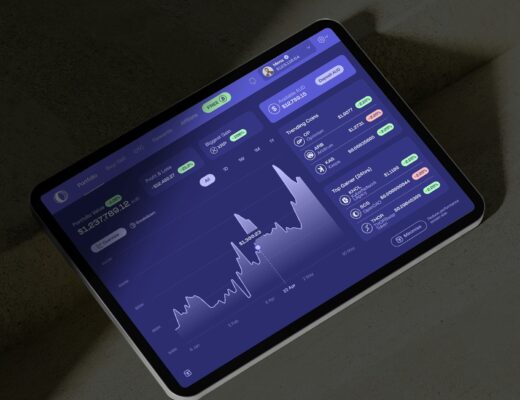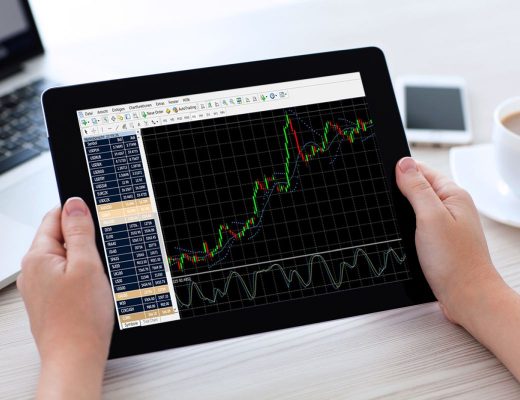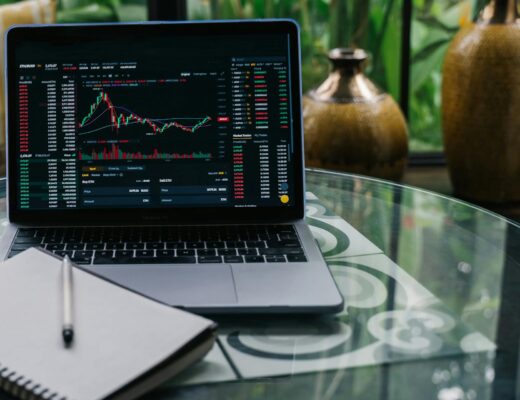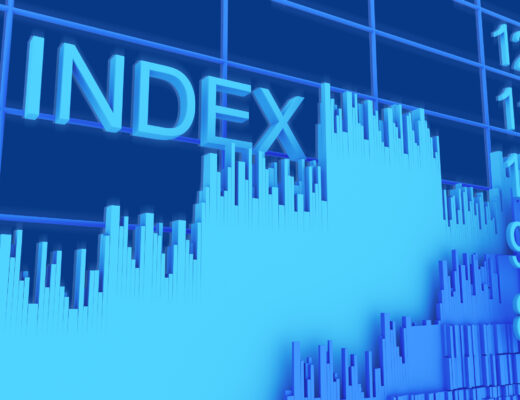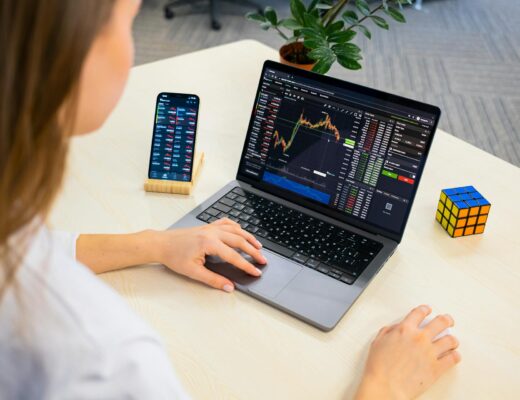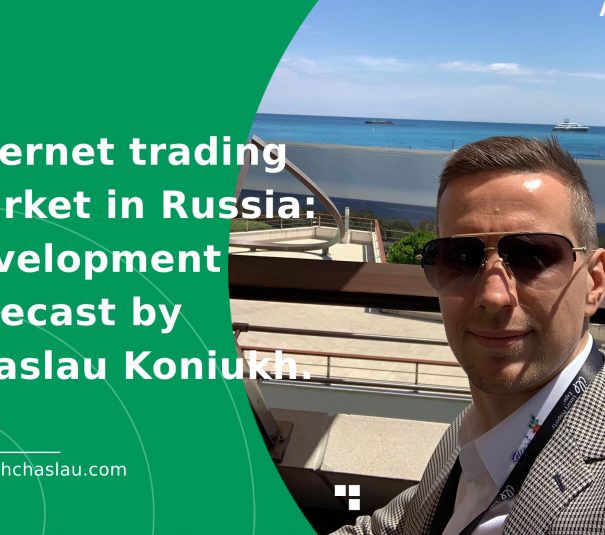An overview of the different types of protective assets
Geopolitical instability and economic difficulties are prompting more and more investors to turn to protective assets. This instrument helps to protect capital in times of uncertainty and crisis in the global market.
Instrument features
Safe-haven assets are financial instruments whose value does not fall in times of crisis or even rise. Such assets help to reduce risk in the event of falling market indices or economic instability. It is essential to recognise that not all hedging instruments are equally effective in different market conditions. The choice of a particular instrument depends on the investor’s objectives.
As far as the characteristics of these financial instruments are concerned, they share the following features:
1. Liquidity. These assets can be easily sold at any time.
2. Stability. The price of a protective asset remains stable or rises over time, regardless of economic fluctuations.
3. Irreplaceability. Assets are always relevant, regardless of market conditions.
4. Limitability. The increase in supply cannot exceed the demand for the instrument.
Over time, one type of asset may replace another. This is why it is crucial to analyse the market and assess trends before investing. However, experts have highlighted instruments that can almost always be considered protective. These include:
– government bonds;
– US currency;
– gold;
– Swiss national currency;
– Japanese national currency.
Investment options
Gold is the most popular investment in times of crisis. This asset has proven its stability throughout history. In addition, central banks have chosen gold as a tool to reduce inflation risks.
The price of gold tends to rise during market downturns. When stock markets fall, investors actively diversify their portfolios, making gold an attractive investment again. The high demand for the metal with limited reserves helps to increase its value further.
Another safe haven is government bonds. Investing in bonds is effectively borrowing from the government. The government guarantees the payment of interest and repayment of the nominal value after a set period. Bonds issued by countries with highly developed economies are considered virtually risk-free. Such countries traditionally include the US and the UK. These countries provide investors with reliable financial instruments, especially in unstable times.
The dollar has been the world’s reserve currency since 1944, which indicates the confidence placed in it. It is also the most liquid currency in the world. In global markets, most goods are priced in dollars, making the US currency an excellent safe-haven asset.
The Swiss franc has made it onto this list because of the stability of the country’s management system. In addition, the state always maintains a status of political neutrality. This reduces the risk of economic fluctuations.
Japan has been described as the world’s largest creditor. This status is due to the government’s preference for transferring capital to foreign assets. However, during periods of instability, Japanese investors transfer foreign funds into the local currency, strengthening the yen.

